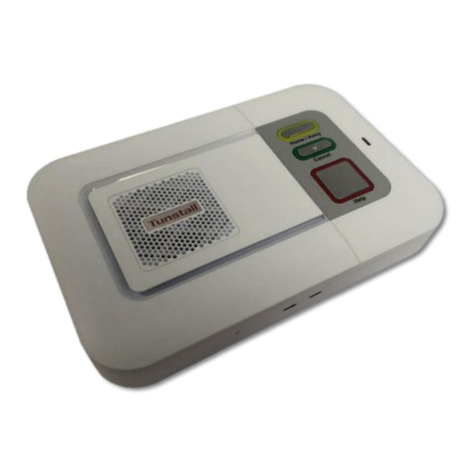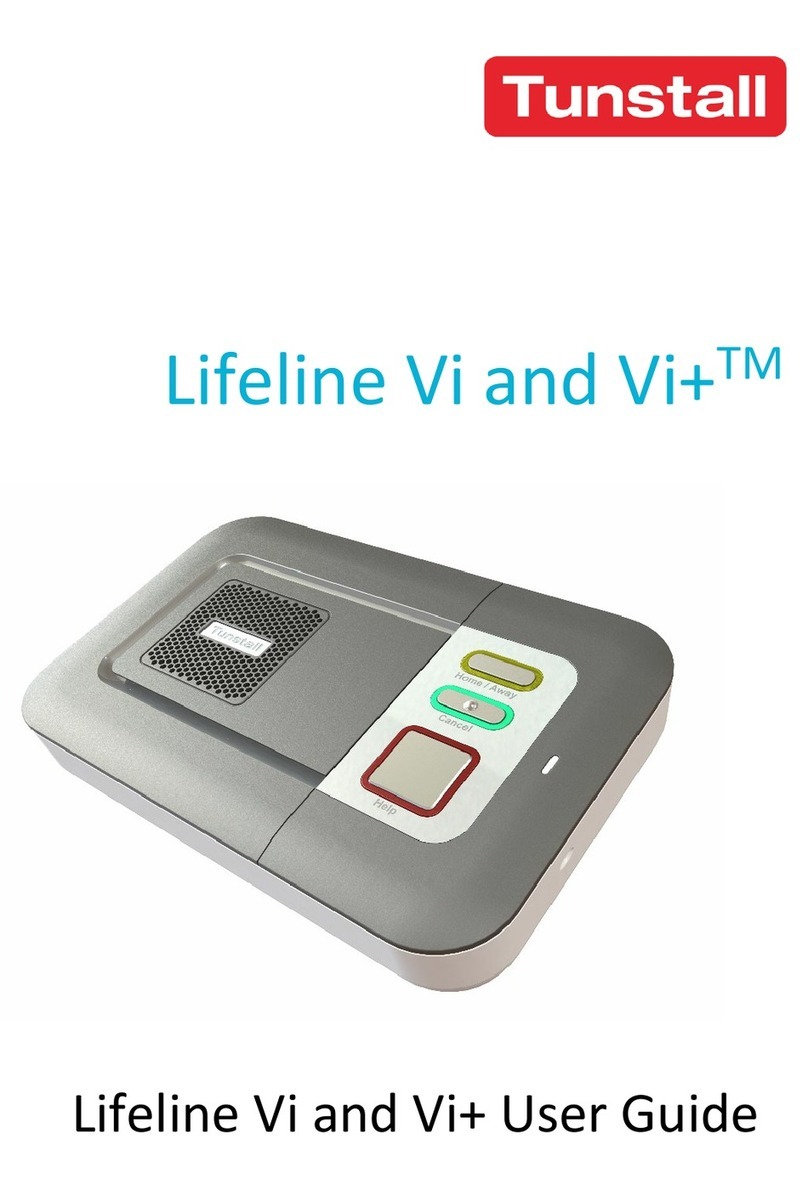
4. Device Management Platform (DMP)
Tunstall’s Device Management Platform (DMP) is a cloud-based system that provides remote management, config-
uration and monitoring of connected devices. From DMP it is possible to manually configure settings or apply
preconfigured templates to one or several devices. DMP can also distribute configuration and firmware updates.
To configure Lifeline Digital using DMP you require:
• A username and password
• If your organization enforce two-step verification, you must set up Google Authenticator, for more information refer
to DMP User manual.
• A list of all values and parameter settings to be configured. Do not change any settings or values unless advised by
your supplier or Tunstall
4.1. Log in to DMP and access device settings
To log in to DMP and access device settings:
a) Go to the DMP login page.
The web address (URL) is provided by your organisa-
tion, supplier or Tunstall.
NOTE
Bookmark the web address (URL) for
faster access in the future.
b) Enter your username and password then click LOGIN
DMP opens the Start page.
c) Under My Districts, click on the district that you want
to view, or click Devices in the sidebar menu.
DMP opens the Devices page and displays a list of
devices.
d) You can search, sort and lter the list:
•Search the list by entering a text in the search field
•Sort the list by clicking a column header. Click
again to toggle between ascending and descend-
ing order
•Filter the list by selecting an option in the drop-
down list below a column heading
• Click Show advanced lter to enable additional
search and filter features
• If you have access to multiple districts and custom-
ers, click the District and Customer drop-down lists
to select the appropriate customer and district
e) Click on the device that you want to view or edit.
DMP opens the Device information window.
f) Click Settings to open the Device settings window.
The Common settings tab is the default view.
8





























